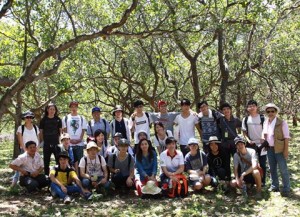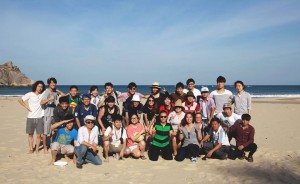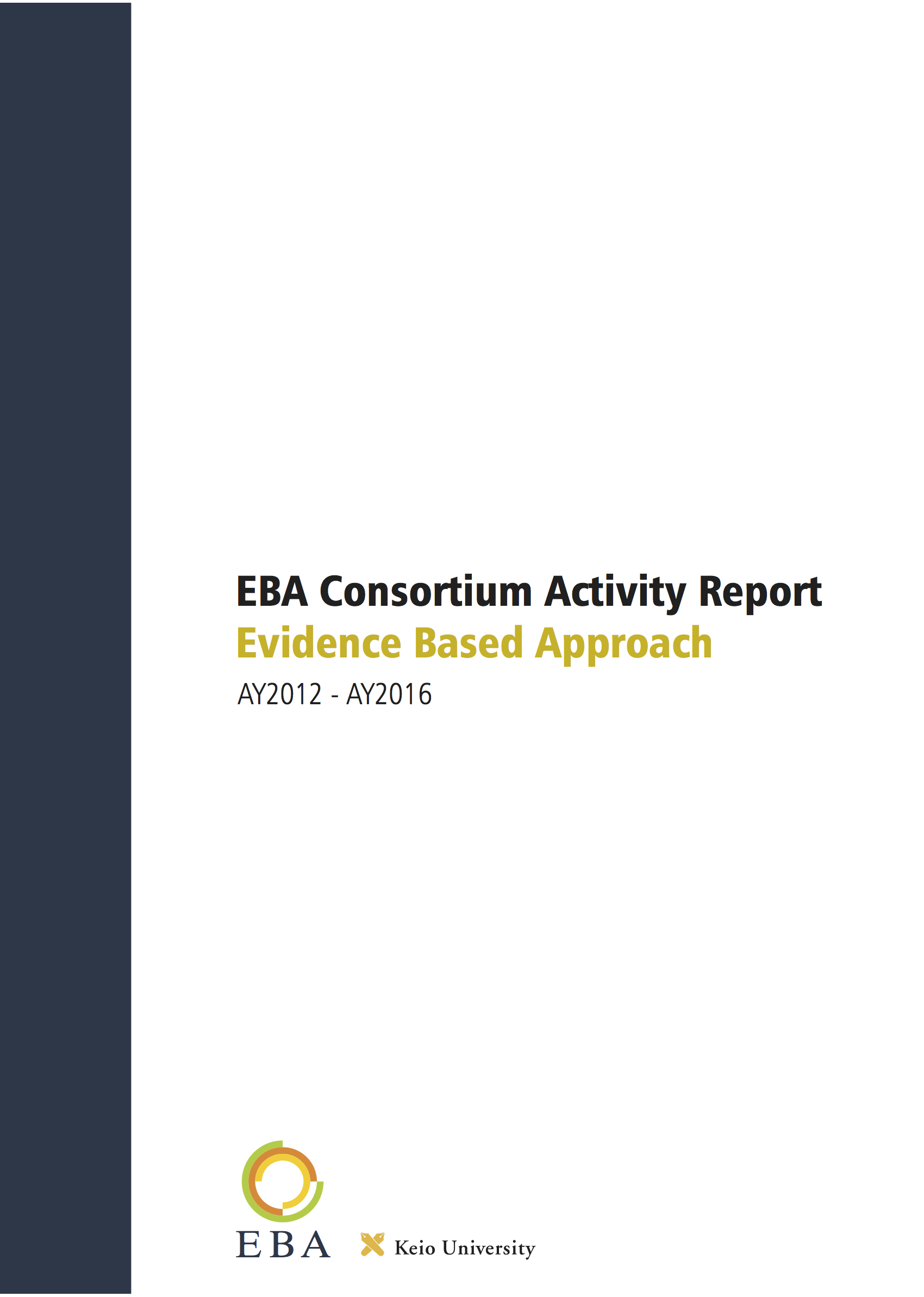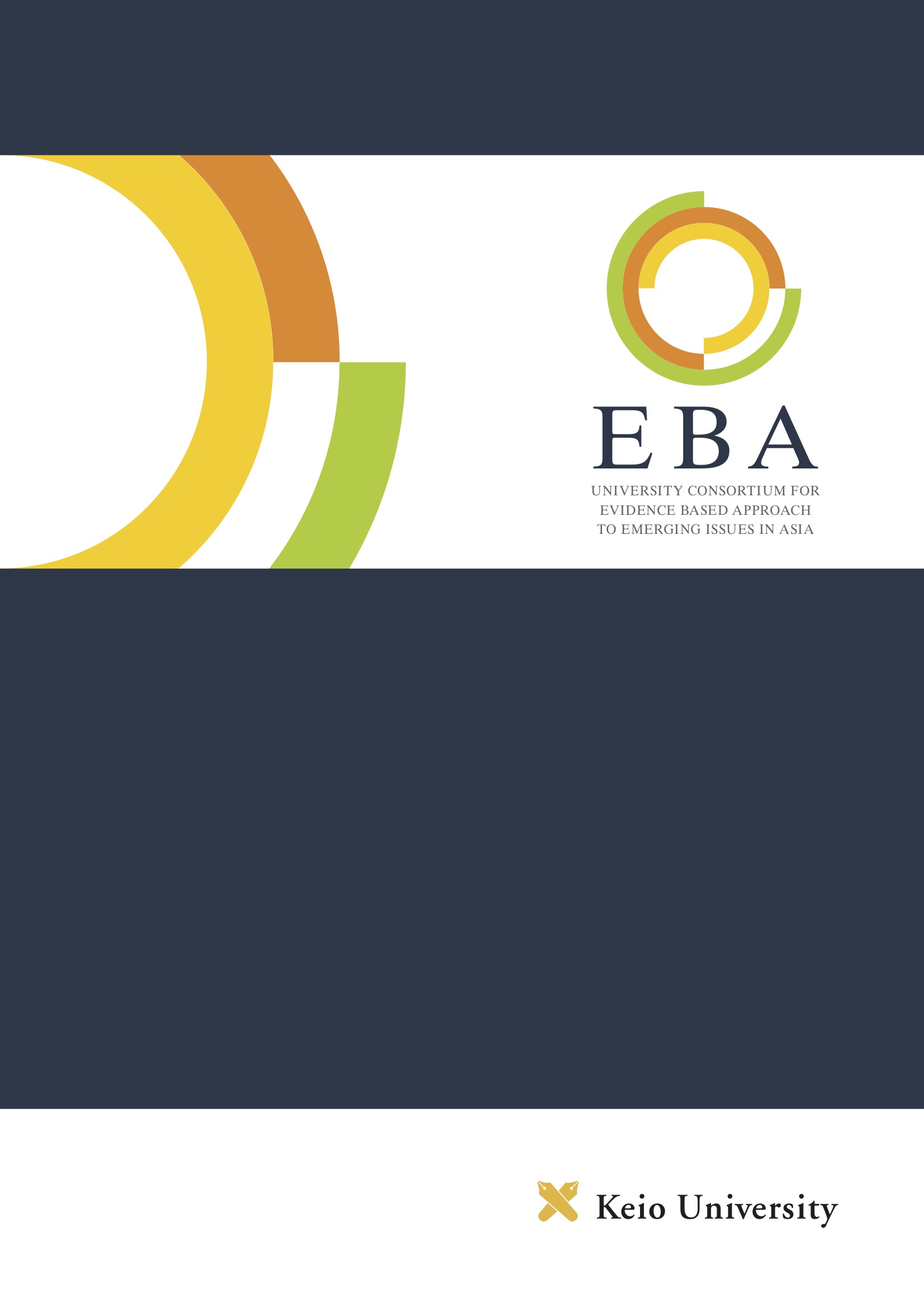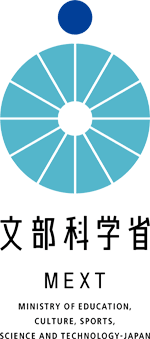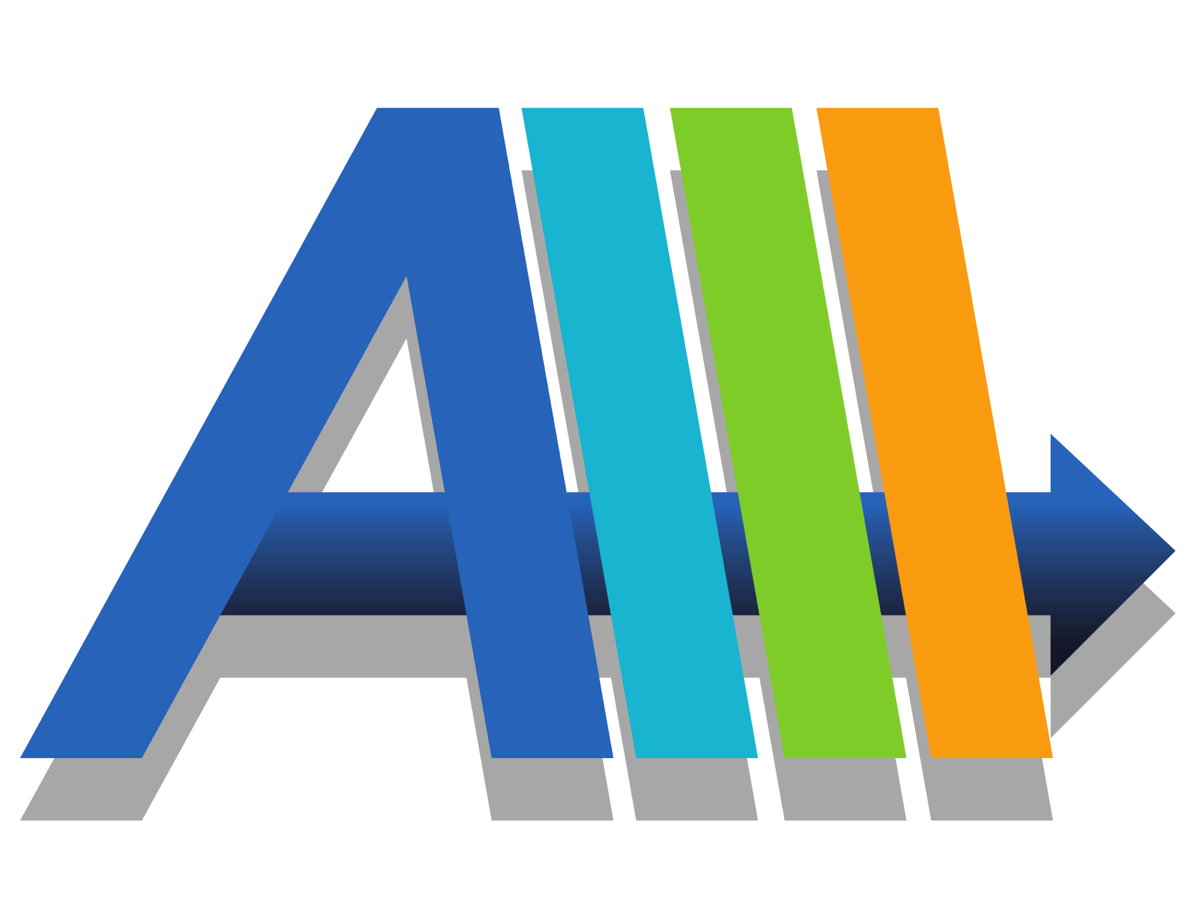Vietnam Fieldwork 2016
We are now calling for participants in Vietnam Fieldwork scheduled in August, 2016
| Host | Keio (Japan) |
| Main Instructor | Michio Umegaki, Prof. & Vu Le Thao Chi, Ph.D. (Keio University) |
| Period | August 17-26, 2016 |
| Locations | Phu Cat District- Binh Dinh province |
| Targets | Undergrads + graduate students from Keio University |
Fieldwork Content:
The theme of the fieldwork is “Agent Orange/Dioxin issue and its lingering consequences from Vietnam War (1961-1975)”.
The fieldwork approaches the issue of Agent Orange/Dioxin in Vietnam from two perspectives: public health and environment.
About Agent Orange and its implications
The substance, Agent Orange, is dioxin-yielding chemical compounds. A 50-50 mixture of powerful phenoxy herbicides 2,4,-D and 2,4,5-T, Agent Orange was found to contain the most toxic chemical known to men, 2,3,7,8-T (Tetrachlorodibenzo-para-dioxin, or TCDD). During the Vietnam War, the US, under the code name, Operation Ranch Hand, sprayed 21million gallon of herbicide between 1962 and 1972, which is estimated to have yielded 170 kg of dioxin. However, as later found out, the adjusted estimate of the dioxin emitted in Vietnam (including dioxin produced from stored and abandoned herbicides) is believed to be over 600kg (including dioxin produced from stored and abandoned herbicides).
80 grams of Dioxin, if poured into the water system of New York, is claimed to be capable of annihilating the entire population of the city.
The damage in the environment and humans was extensive. Destruction of tropical forest in the mountains alone could trigger a chain of damages beyond the spots of spraying (contaminating soil surface, water sources and as a result food chains). The extent to which the contamination affected people can be immense. Everyone in the sprayed area (then and now) could be affected. According to an official of Veterans Administration in 1979, it was “theoretically possible that about 4.2 million American soldiers could have made transient or significant contact with the herbicides because of the Ranch Hand Operation”. To the Vietnamese side, there are about 2.1 ~ 4.8 million known Agent Orange victims, according to the latest study by Columbia University Public Health group (Jeanne M. Stellman, et. al. 2003).
Regarding the cause-effect relationship between the exposure to Agent Orange and other herbicides and health hazard, American researchers conclude “with a very high degree of confidence,” that the exposure induced a wide range of often terminal and/or debilitating ailments such as prostate and other kinds of cancer, Hodgkin’s disease or multiple myeloma, or spina bififa often found among the second generation children of the Vietnam War veterans. These are also found among the second and third generations of Vietnamese residents in the sprayed areas as well as the war veterans.
About Phu Cat Area- Agent Orange and the current practice of agro-chemicals
Phu Cat District is part of Binh Dinh province, a beautiful beach area situated in the Central part of Vietnam. It is a large rural and agricultural area embracing both Nui Ba mountain range and a strategic Phu Cat Airport. Both were the targets of heavy herbicide sprayings during the War. Until today, a large amount of dioxin residue still stays in the living environment. The majority of the victims in this area are civilians or former local militia or du kich. They were directly exposed to the spraying of Agent Orange, and/or indirectly to Agent Orange-contaminated rivers and well-water and/or through food chain. The estimated number of Agent Orange victims is 1,865 (2006) (the total population of Phu Cat is 194,000).
One point to note is that the majority of the residents in Phu Cat largy rely on agriculture activities for their living including– rice, cassava, peanuts and recently commercial products like cashew nuts. In addition to the direct contact with the contaminated environment not only during the war but also after the war (the dioxin residue, these farmers also have come in contact with different types of agro-chemicals including herbicides and pesticides and many have witnessed as well as experienced some side-effects of various kinds.
Purposes of Fieldwork: The Agent Orange/Dioxin Issue implies a much larger number of different issues in the areas of Environment and Public Health: its impacts on the environment; the health issue of AO victims; the issue of disaster management; the relevance of history towards current issues; and community building in disaster management, to name a few. Therefore, the fieldwork is not strictly exclusive to students of any discipline. Students are welcome onboard to approach Agent Orange induced issues observed at the local level issue from their own expertise. Inter-disciplinary discussions between students are expected to follow to redefine the problems before attempting “what we can do”, not only at the local level but where else similar problems are raging.
Tentative Schedule (Subject to changes)
| Date | ||
| Pre-Workshop | To be confirmed | At Keio, Japan |
| Fieldwork | August 17 | Leave for Ho Chi Minh, Vietnam |
| August 18 | Leave for Phu Cat | |
| August 18~ 25 | Fieldwork | |
| August 26 | Return to Ho Chi MinhLeave for Tokyo | |
| Post Workshop | To be confirmed | At Keio, Japan |
How to apply: (for Keio students)
Both undergraduates and graduate students (who are able to communicate in English) are eligible for the program. All you have to do is:
- Fill out APPLICATION FORM (from: http://goo.gl/vmX1TK) in English
- Write an 300-word essay stating your interest in the theme of the fieldwork (either in English or Japanese)
- Grade report of the previous year(前学年成績表) (only to Japanese citizens(日本国籍の学生のみ申請可能)
Then submit the materials to eba-submit@ml.keio.jp with subject: “Vietnam Fieldwork 2016 Application- Your Name”. The deadline is 23:59 JST, June 6th, 2016. Screening result will be announced in the following week.
Costs:
Keio students should pay the airplane ticket fee on your own. However, the good news for Japanese students is, if selected, you are also eligible to apply for JASSO scholarship (70,000 JPY) which should help cover part of your Fieldwork related expenses. If you may fail JASSO scholarship, EBA may consider supporting either partially or fully your airfare tickets, depending on the screening results.
In addition to the airplane ticket fee, EBA committee will collect a participation fee. For now, the participation fee has not been decided yet as the preparation work is still undergoing. However, it should be around 30,000JPY (including accommodation, local transportation, part of the food costs, and other services during the trip).
JASSO scholarship: For further information, please refer to the following URL (P.9~12)
For more information, please contact us via email at eba-info@ml.keio.jp

